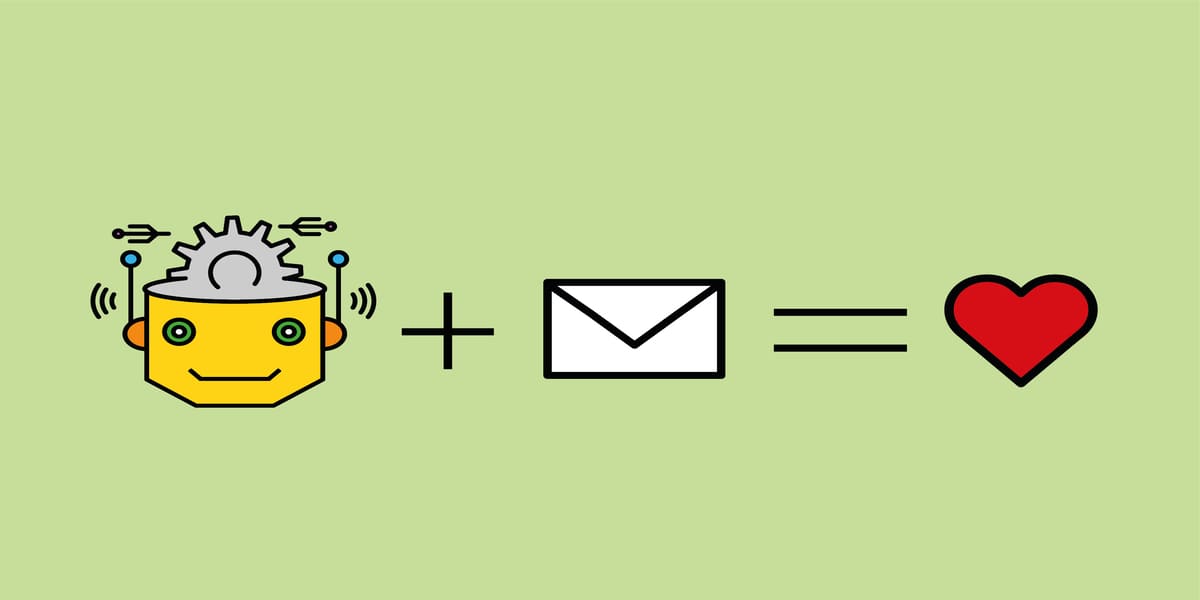Marketing Automation is a hot topic in many B2B SMEs at current. With business leaders looking for new ways to increase output, automated marketing is one of the best options to consider. But how can Marketing Automation work for your business? Here are 10 successful b2B marketing campaigns.
I’m sorry to say it but if you’re still not using Marketing Automation strategy, you’re way behind the times.
That’s because SMEs across the world have been using automation campaigns to nurture leads, close deals and support their customers for over a decade now.
If your team are still sat there doing all of the legwork themselves while your competitors are automating their output in the background, you’re effectively riding an old, rusty bicycle with a flat tyre and solid seat while they’re comfortably sat in the back of a taxi doing more productive things on their phone.
In our last piece – What Is Marketing Automation And Why Should You Care? – we went over the basics of automation, how big businesses like Amazon use automation to generate billions of dollars each year and how you can apply the same principles for your business.
We thought it would make sense then to talk next about some simple, effective and successful B2B campaigns any business can setup to seriously improve the way they carry out some of the key functions of their business.
On that note, I’ve broken down the types of marketing automation campaigns below by the three key areas: nurture leads, close deals and support customers.
Automation for Lead Nurturing
1. Welcome Workflow
A welcome workflow marketing automation sequence is a no-brainer for any business that wants to introduce new contacts to the business.
The key here is to introduce people to your values and explain what you’re about, rather than trying to force a sale down their throat.
If you try to push your services straight away, people will more than likely switch off.
This is your chance to sell people on who you are and why they should choose your services over a competitors’ from a values point of view.
2. New Service Launches
This can makes perfect sense for any business launching a new product or service, or even just repackaging an old one.
The most logical thing to do here is enroll people into an email sequence who have shown an interest in a similar service before, as well as enrolling current customers who have bought something that works as a cross-sell to the new product.
If you’re a food production company, for example, and you’re launching a new doughnut, you could run a marketing automation campaign to everyone who has purchased doughnuts in the past, as well as everyone who has viewed your cakes range page online.

3. Website Behaviour
Website Behaviour sequences are a great idea for any business looking to engage people they already have details for who are revisiting the site time and time again.
We touched on this above, but you can effectively have targeted messages go to people based on pages they’ve viewed and topics you can assume they’re interested on.
HubSpot makes this possible through Cookie tracking; whenever new and existing contacts revisit your site, HubSpot keeps a record of every page they view in the process.
4. Re-engagement
Re-engagement email series can be used to grab the attention of contacts who haven’t opened an email for an extended period of time and have gone pretty cold.
You can have a little bit of fun with these campaigns, too. I’ve seen companies use subject lines like “*Knock knock* anybody home?” before.
This type of marketing automation campaign isn’t just about re-engaging your contacts though, it’s also about cleaning your data; if people don’t respond to this campaign, we’d advise you take them out of your list and stop wasting time and money on them.
Most marketing systems (HubSpot included) charge you for the number of contacts you have in your system, so it’s better to have 50,000 relevant contacts than 70,000, with 20,000 unengaged ones.
5. Segmentation
Another great marketing automation campaign that can be run is a segmentation campaign.
Segmenting your audience makes it easy to send them content you know is relevant to them.
The smart thing about doing this by a campaign is that you can have the audience do a lot of the legwork for you.
Sending out a campaign to say “Help us to help you” for example, and then having them click a button in the email to say what their role is, for example, is a great way to have your own prospects and customers build lists for you.
You can then use these lists to send out relevant content and focus your efforts in the right places.
Automation for Deal Closing
6. Success Stories
One of my favourite things about the HubSpot package is the Deals dashboard, which lets you drag and drop deals to keep on top of where prospects are in the pipeline.
The really smart thing about it though is you can use each deal stage as a trigger for B2B campaigns to go out.
Say, for example, we had a successful meeting with a company that wants us to help them setup marketing automation for their business and sent over a proposal for them, I’d move that deal into the “Proposal Sent” stage.
I could have an accompanying workflow that triggers as soon as the proposal is sent, with emails being drip-fed over the next few weeks with case studies, client success stories and testimonials to help push them along.
This is a great way to increase the likelihood of closing the deal, taking the legwork out of emailing them personally and eliminating the risk of looking pushy.
7. Relevant Content
For leads who are already interested in certain products or services of yours, it’s well worth automating the send of relevant content to further educate them and narrow down the information they receive from you.
Blocking all other emails and focusing solely on the products you know they’re interested in is a great way to move them down the funnel and qualify just how interested they are; if they open loads of emails on a certain topic after showing an initial interest, you know they’re a pretty hot lead.
Automation for Customer Support
8. Welcome and Next Steps
Marketing automation goes way beyond just lead generation and bringing new customers in.
B2B marketing automation campaigns are also a great way of welcoming your new customers.
As soon as someone becomes a customer, you could have email go out from the relevant account manager, letting them know the next steps involved in their buying process or even asking them to send over meeting dates.
However your business is setup and operates, this is a great way to kill two birds with one stone, saving time and making the on-boarding process nice and personal.
9. Cross and Up-selling Campaigns
Similar to the new service launch campaign, marketing automation can be used to cross and up-sell products to people who have already made other purchases.
The important thing to think about here is timing.
If you were buying a car and someone offered you an air freshener to go with it, you’d probably say yes at the point of purchase. 2 weeks later, however, you might think it a bit of a weird offer.
For smaller cross and up-sells then, be sure to trigger emails and communications to get sent during the decision making process and even offer them as part of a bundle with your other services.
For bigger sales, however, have the communications triggered to go out after a certain period of time, usually a few months or so.
10. Feedback Surveys and Review Requests
Automating surveys and customer review requests are a great way to try and get some free customer research or improving your rating on key review sites like Trustpilot.
The best times to send these requests are:
- After someone comes on-board (survey about the on-boarding process)
- After their first few months as a customer (review on Trustpilot or similar)
- When they leave (survey to find out why)
These kinds of automated requests are a great way to improve the way you do things and get some all-important insight into the way your customers view your business.

